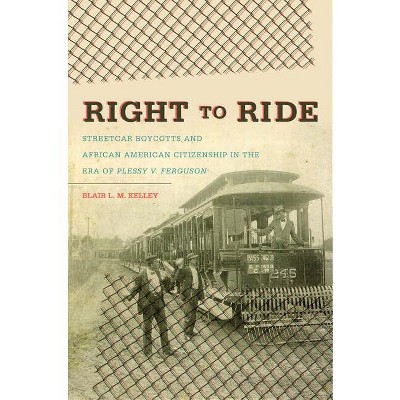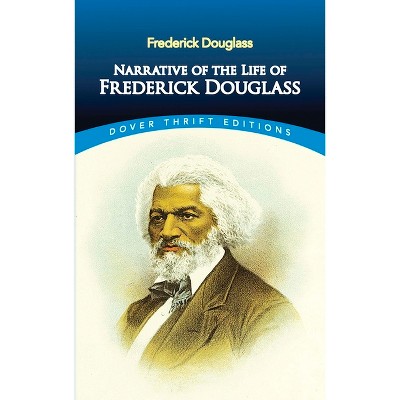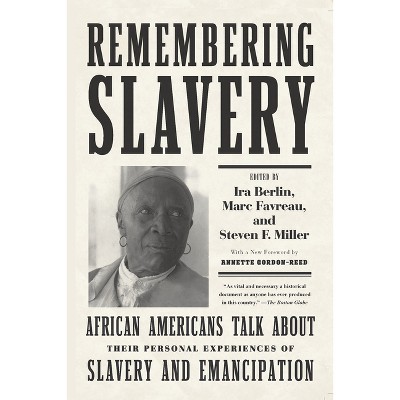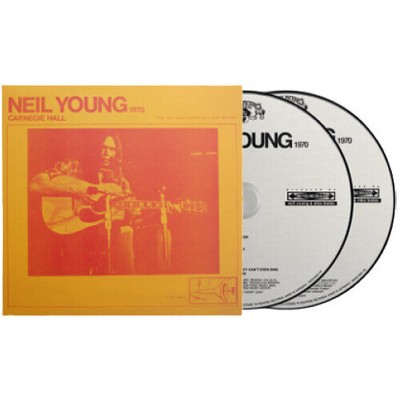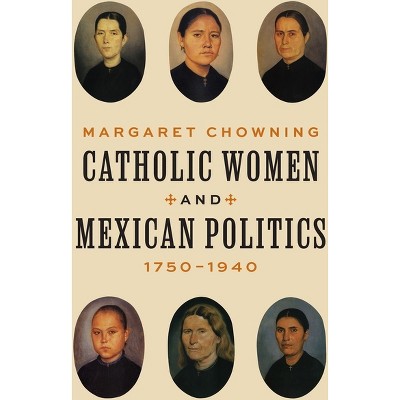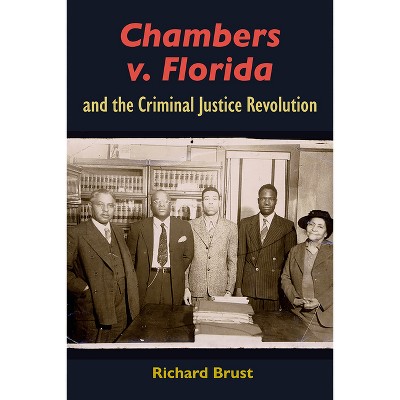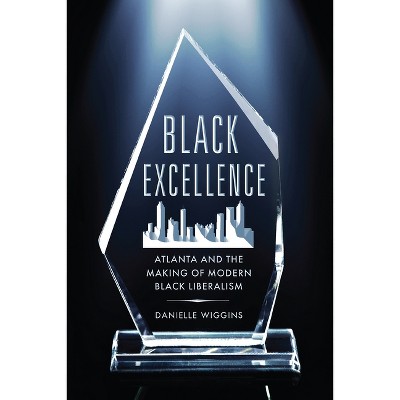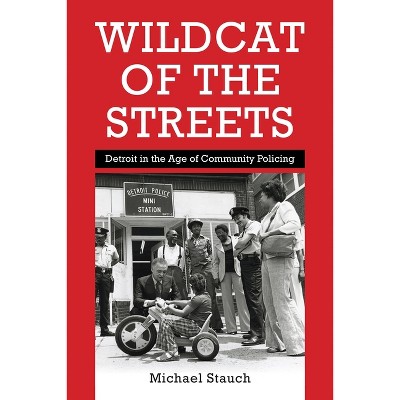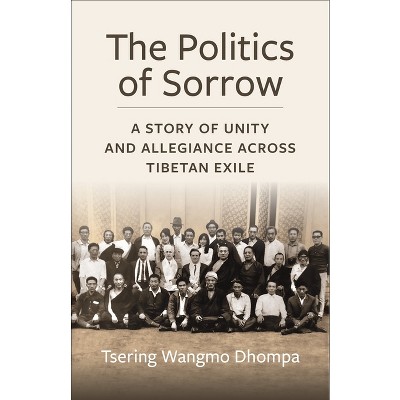Sponsored

The Politics of Safety - by Shannon King
In Stock
Sponsored
About this item
Highlights
- For much of the twentieth and twenty-first centuries, public officials in cities like New York, Chicago, and Baltimore have criminalized uprisings as portending Black "thugs" throwing rocks at police and plundering private property to undermine complaints of police violence.
- Author(s): Shannon King
- 376 Pages
- History, African American
Description
About the Book
"For much of the twentieth and twenty-first centuries, public officials in cities like New York, Chicago, and Baltimore have criminalized uprisings-portending Black 'thugs' throwing rocks at police and plundering private property-to undermine complaints of police violence. Liberal mayors like Fiorello H. La Guardia have often been the deftest practitioners of this strategy. As the Depression and wartime conditions spurred youth crime, white New Yorkers' anxieties-about crime, the movement of Black people into white neighborhoods, and headlines featuring Black 'hoodlums' emblazoned all over the white media-drove their support for the expansion of police patrols in the city, especially in Harlem and Bedford-Stuyvesant. Though Blacks also called for police protection and for La Guardia to provide equitable municipal resources, they primarily received more punishment. This set the stage for the Harlem uprising of 1943. Shannon King uncovers how Black activism for safety was a struggle against police brutality and crime, highlighting how the police withholding protection operated as a form of police violence and an abridgement of their civil rights. By decentering familiar narratives of riots, King places Black activism against harm at the center of the Black freedom struggle, revealing how Black neighborhoods became occupied territories in La Guardia's New York"--Book Synopsis
For much of the twentieth and twenty-first centuries, public officials in cities like New York, Chicago, and Baltimore have criminalized uprisings as portending Black "thugs" throwing rocks at police and plundering private property to undermine complaints of police violence. Liberal mayors like Fiorello H. La Guardia have often been the deftest practitioners of this strategy. As the Depression and wartime conditions spurred youth crime, white New Yorkers' anxieties--about crime, the movement of Black people into white neighborhoods, and headlines featuring Black "hoodlums" emblazoned all over the white media--drove their support for the expansion of police patrols in the city, especially in Harlem and Bedford-Stuyvesant. Though Blacks also called for police protection and for La Guardia to provide equitable municipal resources, they primarily received more punishment. This set the stage for the Harlem uprising of 1943.
Shannon King uncovers how Black activism for safety was a struggle against police brutality and crime, highlighting how the police withholding protection operated as a form of police violence and an abridgement of their civil rights. By decentering familiar narratives of riots, King places Black activism against harm at the center of the Black freedom struggle, revealing how Black neighborhoods became occupied territories in La Guardia's New York.
Review Quotes
"The Politics of Safety allows us to understand in significantly greater depth the long-standing nature of debates about safety, harm, and race/ism that continue to swirl in American politics down to the minute of this writing."--Simon Balto, author of Occupied Territory: Policing Chicago from the Red Summer to Black Power
"King's book brings exhaustive detail, methodological vigor, and sharp analysis to a series of important events. . . . The Politics of Safety is an encyclopedic reference for anyone looking to explore the specific details of policing in New York City during the La Guardia years and a general primer for discussions about policing in other urban contexts as well."--Journal of Social History
"Using the framework of safety, King presents a nuanced exploration of the relationship between African Americans, crime, and the police. In doing so, he makes an invaluable contribution to the history of the Black freedom struggle and the carceral state. . . . The Politics of Safety smartly reveals a history not only of the struggle for police accountability but also of the narratives used to bolster police power."--American Historical Review
"We desperately need the history King shows in this book: one of Black people asserting rights to equal protection under the law and demanding that they not bear the brunt of overpolicing."--Brian Purnell, author of Fighting Jim Crow in the County of Kings: The Congress of Racial Equality in Brooklyn
Shipping details
Return details
Frequently bought together
Trending Non-Fiction





